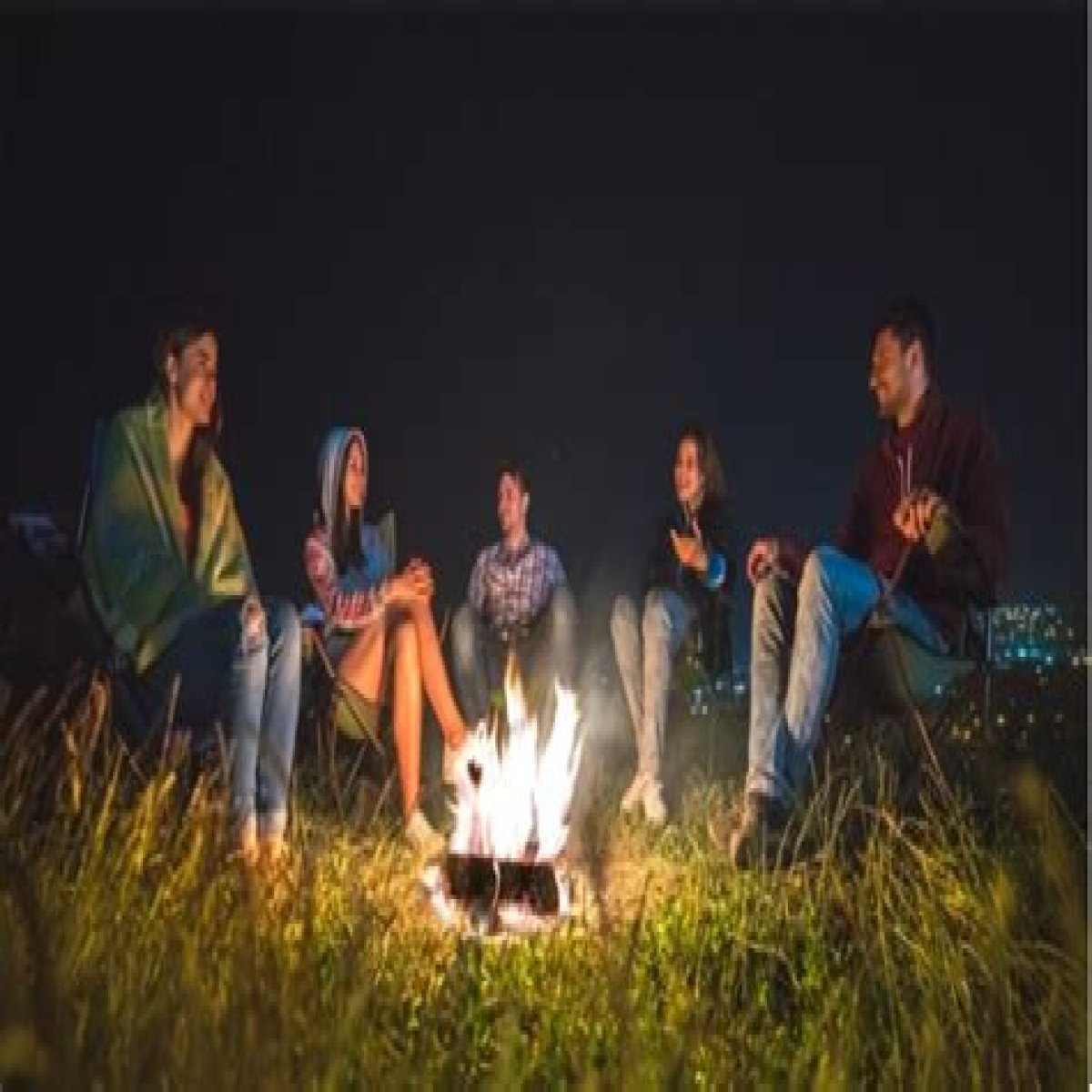Colorado campfires are more than just a source of warmth; they represent a cherished tradition in the great outdoors. For many, gathering around a campfire invokes feelings of nostalgia, adventure, and camaraderie. However, as beautiful as they are, campfires come with significant responsibilities, especially in regions like Colorado, where wildfires pose a considerable risk. In this article, we will explore everything you need to know about Colorado campfires, from their benefits to safety precautions, ensuring you can enjoy them responsibly.
As you prepare for your next outdoor adventure, understanding what a Colorado campfire entails is crucial. This guide will delve into the essential aspects of campfires, including the best practices for building and maintaining them, the legal regulations surrounding campfires in Colorado, and tips for minimizing your environmental impact. Whether you are a seasoned camper or a first-time visitor to the Colorado wilderness, this information is invaluable for a safe and enjoyable experience.
Join us on this journey as we uncover the beauty and intricacies of Colorado campfires, ensuring your next camping trip is both memorable and safe. Let’s dive into the world of campfires, where stories are shared, and connections are made under the starlit skies of Colorado.
Table of Contents
What is a Colorado Campfire?
A Colorado campfire is a controlled outdoor fire used for cooking, warmth, and social gatherings while camping in the Colorado wilderness. Campfires have deep cultural significance, often serving as the focal point of a camping experience, where stories are shared, and bonds are strengthened. The unique geography and climate of Colorado make campfires a delightful aspect of many outdoor adventures.
Characteristics of a Colorado Campfire
- Typically built in a designated fire ring or pit to contain the flames.
- Uses local wood or charcoals for fuel, often sourced ethically and sustainably.
- Provides light and warmth, creating a cozy atmosphere for campers.
Benefits of Campfires
Campfires offer numerous benefits beyond mere aesthetics. Here are some key advantages:
- Warmth: Campfires provide essential warmth during chilly nights, making camping more comfortable.
- Cooking: They serve as a cooking source, allowing campers to prepare meals and enjoy delicious food.
- Social Interaction: Campfires create a gathering space for family and friends, promoting bonding and storytelling.
- Wildlife Deterrent: A fire can help keep some wildlife at bay, providing a sense of safety.
How to Build a Campfire
Building a campfire is an art that involves understanding the right materials and techniques. Follow these steps for a successful campfire:
Gathering Materials
- Firewood: Collect three types of wood: tinder (dry leaves, grass), kindling (small sticks), and fuel wood (larger logs).
- Fire Starter: Use natural fire starters such as dry pine needles or commercial fire starters.
Building the Fire
- Choose a safe location away from overhanging branches and flammable materials.
- Clear a 10-foot radius around the fire pit of debris.
- Arrange the tinder in a small pile and surround it with kindling.
- Light the tinder and gradually add larger pieces of fuel wood as the fire grows.
Campfire Safety Tips
While campfires are enjoyable, safety is paramount. Here are crucial safety tips to follow:
- Always have water or a shovel nearby to extinguish the fire.
- Never leave a campfire unattended.
- Fully extinguish the fire before leaving or sleeping.
- Check local regulations regarding campfire restrictions, especially during dry seasons.
Campfire Regulations in Colorado
Understanding the legal aspects of campfires in Colorado is vital for your safety and compliance. Here are some regulations to be aware of:
- Campfires are permitted in designated fire rings or pits.
- During high fire danger, campfires may be prohibited in certain areas.
- Always check with local ranger stations for current fire restrictions.
Environmental Impact of Campfires
While campfires can enhance the camping experience, they also come with environmental considerations. Here are some impacts to keep in mind:
- Deforestation: Overuse of local wood can lead to deforestation and habitat destruction.
- Air Quality: Smoke from campfires can contribute to air pollution.
- Wildfire Risk: Unattended or improperly extinguished campfires can lead to wildfires.
Delicious Campfire Recipes
Nothing complements a campfire experience better than good food. Here are a few easy and delicious recipes you can try:
- Campfire Chili: Combine canned beans, tomatoes, and spices in a pot over the fire for a hearty meal.
- Foil Pack Veggies: Wrap your favorite vegetables in aluminum foil with olive oil and seasoning, and cook over the fire.
- Smores: Roast marshmallows over the fire and sandwich them between graham crackers and chocolate for a classic treat.
Conclusion
Colorado campfires are an integral part of the camping experience, offering warmth, food, and the opportunity to connect with nature and loved ones. However, it is essential to prioritize safety and environmental responsibility when enjoying campfires. By following the tips and guidelines outlined in this article, you can make the most of your campfire experience while minimizing risks to yourself and the environment. We hope you found this guide helpful and that it inspires you to embark on your next camping adventure with confidence.
We invite you to share your own campfire experiences in the comments below. If you found this article informative, please share it with fellow outdoor enthusiasts or check out our other articles for more camping tips!
Thank you for reading, and we look forward to seeing you again on our site!
What Do Ladybugs Symbolize? Unraveling The Meaning Behind These Charming CreaturesHames Harden No Beard: The Transformation Of A Basketball IconColorado Camp Fire: A Comprehensive Guide To Understanding Its Impact And Prevention
